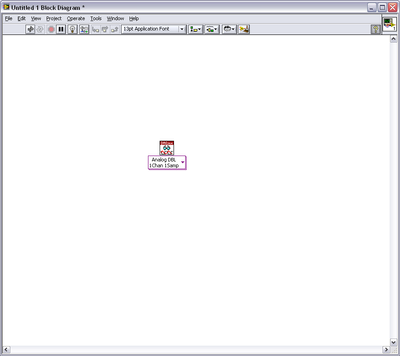-
Analysis & Computation
302 -
Development & API
2 -
Development Tools
1 -
Execution & Performance
1,017 -
Feed management
1 -
HW Connectivity
114 -
Installation & Upgrade
267 -
Networking Communications
182 -
Package creation
1 -
Package distribution
1 -
Third party integration & APIs
285 -
UI & Usability
5,431 -
VeriStand
1
- New 3,034
- Under Consideration 4
- In Development 1
- In Beta 0
- Declined 2,635
- Duplicate 710
- Completed 338
- Already Implemented 114
- Archived 0
- Subscribe to RSS Feed
- Mark as New
- Mark as Read
- Bookmark
- Subscribe
- Printer Friendly Page
- Report to a Moderator
The VI Hierarchy Window Should Only Show the Actual VI's in Use
I did a search for "VI Hierarchy" and didn't turn up this idea. I sure hope it isn't a repeat.
If you have a polymorphic VI in your VI hierarchy, when you view the hierarchy, it seems like every single polymorphic instance of that VI shows up, as well. This doesn't help me at all, and I don't know why it works this way. I should only see the specific VI's I am using.
After dropping just one function (DAQmx Read [Analog DBL 1Chan 1Samp])
Now check out my VI hierarchy!
It's gone berserk! It is showing me every single flavor of DAQmx Read! Try this for your own amusement. ![]()
Why don't I see only one DAQmx Read function in this hierarchy? Or maybe someone can shed some light on why it SHOULD work this way. I definitely think it SHOULDN'T. The block diagram I posted above should not have a hierarchy like this!
You must be a registered user to add a comment. If you've already registered, sign in. Otherwise, register and sign in.


